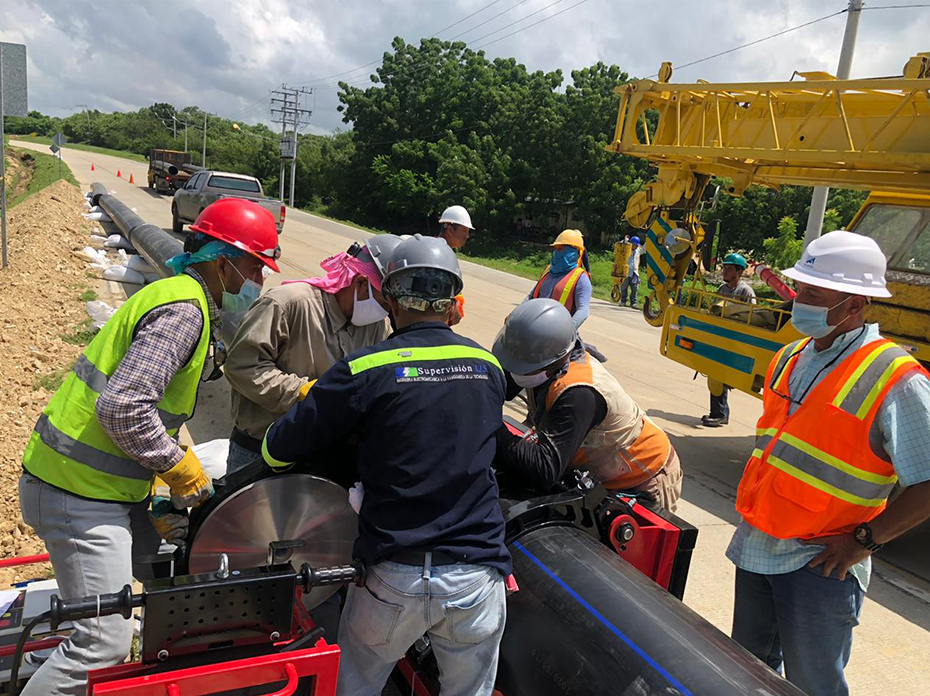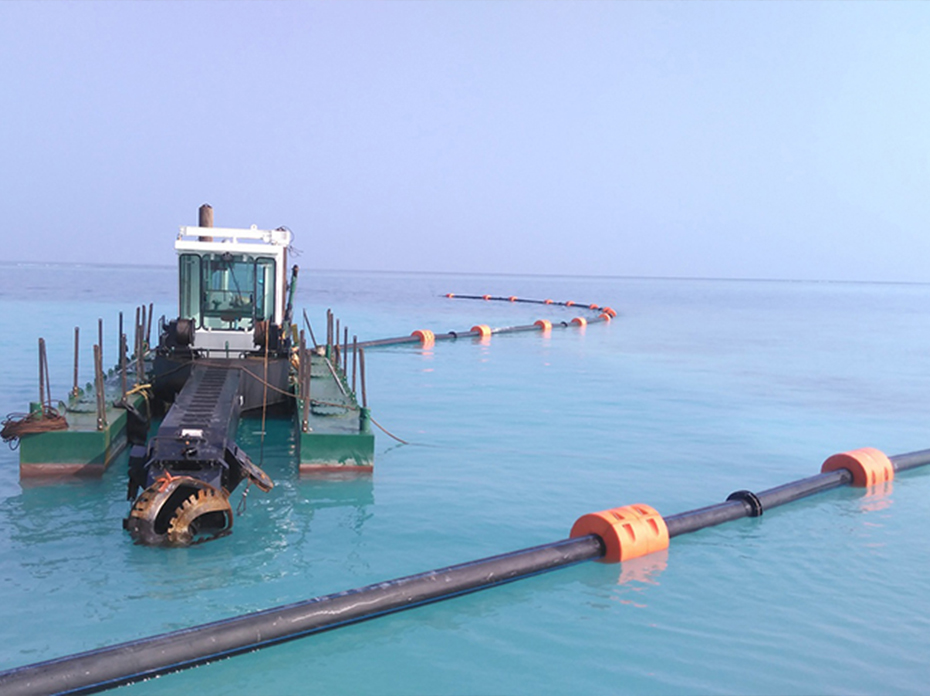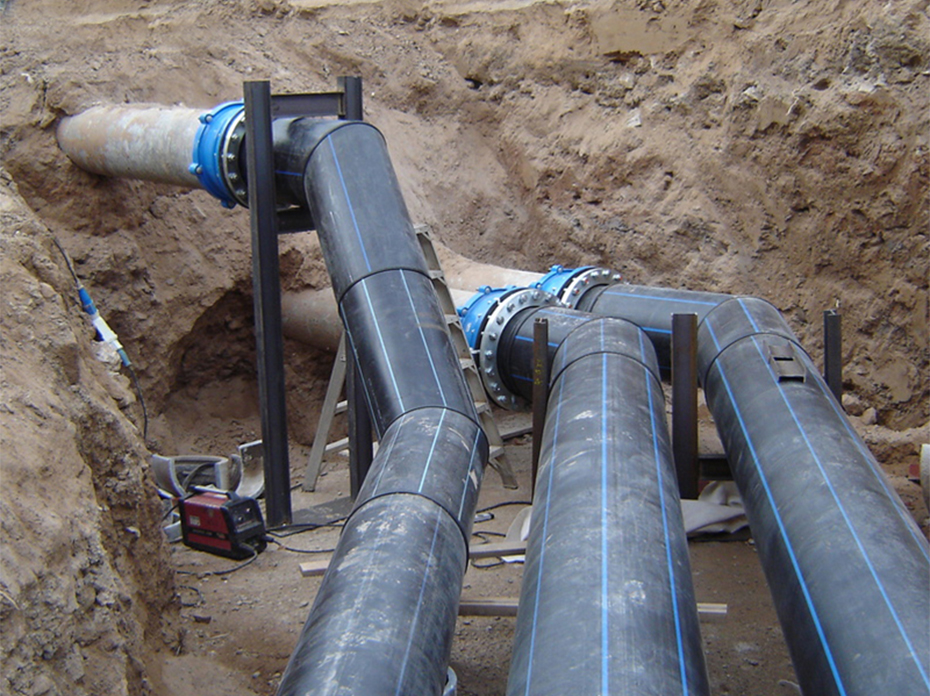In modern architecture and drainage systems, PVC drainage pipes have become widely used due to their unique advantages. PVC, short for polyvinyl chloride, is a thermoplastic material, and the drainage pipes made from it possess excellent physical and chemical properties. They are extensively applied in residential, industrial, commercial, and public facility drainage systems.
I. Key Characteristics of PVC Drainage Pipes
The main characteristics of PVC drainage pipes include excellent corrosion resistance, lightweight, easy installation, good sealing, and long service life. Firstly, PVC material exhibits outstanding resistance to corrosion, enabling it to withstand the attack of most chemicals such as acids, alkalis, and salts, ensuring the long-term stability of the drainage pipes. Secondly, PVC drainage pipes have a low density and are lightweight, facilitating their transportation and installation. Additionally, the connection methods of PVC drainage pipes typically involve socket and rubber ring seals, ensuring good sealing and preventing leaks. Lastly, PVC drainage pipes have a long service life, usually exceeding 50 years, significantly reducing the frequency of replacement and maintenance.
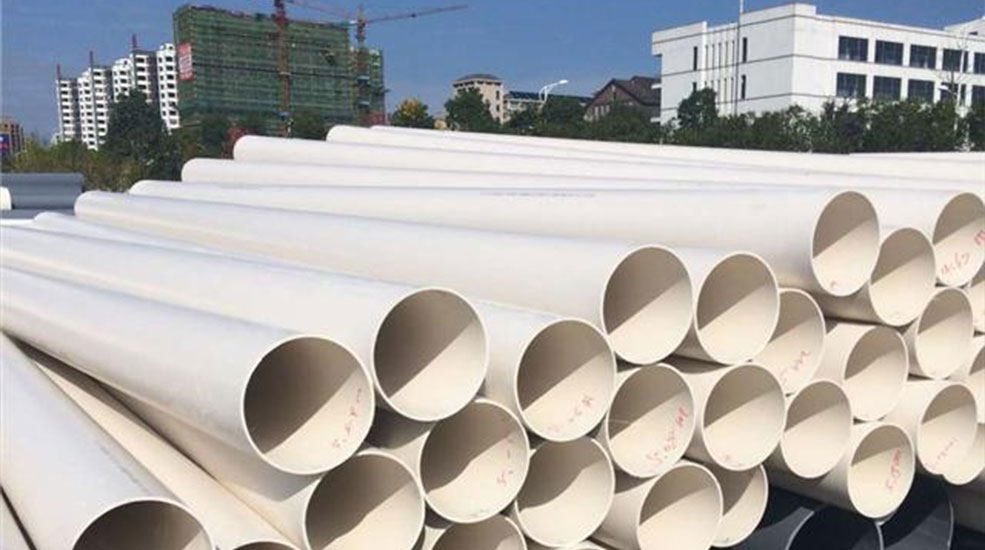
II. Applications of PVC Drainage Pipes
PVC drainage pipes find extensive applications in various fields. In residential drainage systems, PVC pipes are used for drainage in areas such as bathrooms, kitchens, and bathrooms. In the industrial and commercial sectors, PVC drainage pipes are employed in factories, shopping malls, office buildings, and other locations requiring drainage systems. Furthermore, PVC drainage pipes are widely used in public facilities such as schools, hospitals, and sports stadiums. These applications across different domains demonstrate the practicality and reliability of PVC drainage pipes.
III. Advantages of PVC Drainage Pipes
Compared to traditional drainage pipe materials like cast iron and ceramic, PVC drainage pipes offer significant advantages. Firstly, PVC drainage pipes are relatively low in cost, greatly reducing the construction expenses of drainage systems. Secondly, their installation and maintenance are relatively straightforward, requiring no special tools or techniques, saving a substantial amount of labor and resources. Moreover, PVC drainage pipes exhibit excellent environmental performance and can be recycled, aligning with current environmental principles. Finally, PVC drainage pipes demonstrate stable performance and have a long service life, reducing the frequency of replacement and maintenance, thus lowering long-term operational costs.
IV. Development Trends of PVC Drainage Pipes
With advancements in technology and the growing emphasis on environmental consciousness, the development trends of PVC drainage pipes mainly focus on the following aspects. Firstly, enhancing product performance and quality, such as improving temperature resistance, pressure resistance, and aging resistance, to meet more complex and demanding application environments. Secondly, promoting the green and eco-friendly nature of products, such as developing environmentally friendly production processes and utilizing renewable raw materials, to reduce the product's impact on the environment. Thirdly, achieving product intelligence and digitalization, for instance, through embedding sensors and implementing remote monitoring, to enhance the operational efficiency and management level of drainage systems.
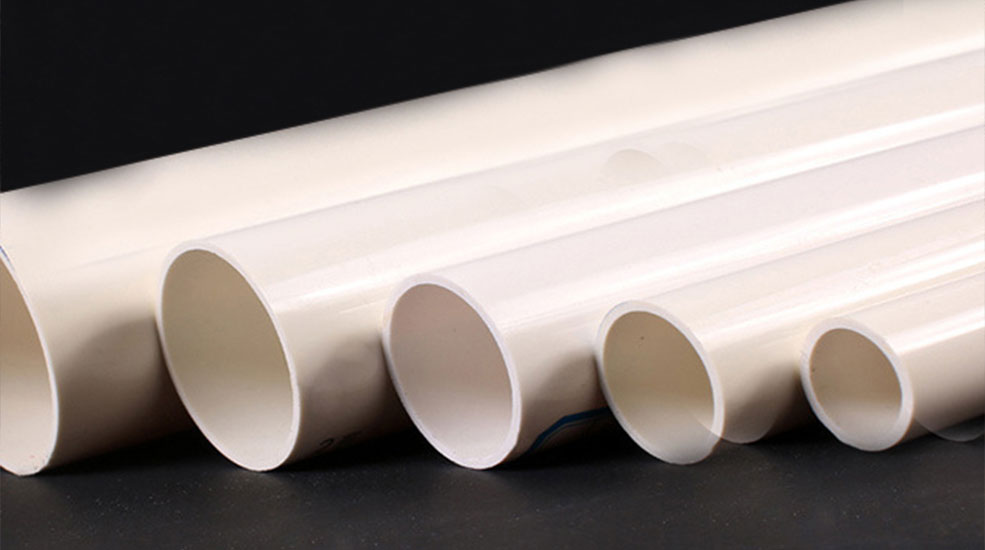
In summary, PVC drainage pipes, with their unique advantages and wide range of applications, have become an integral component of modern drainage systems. In the future, with technological advancements and the promotion of environmental consciousness, PVC drainage pipes will have broader development prospects and higher application value.
You are welcome to : phone call, Message, Wechat, Email& Seaching us, etc.








